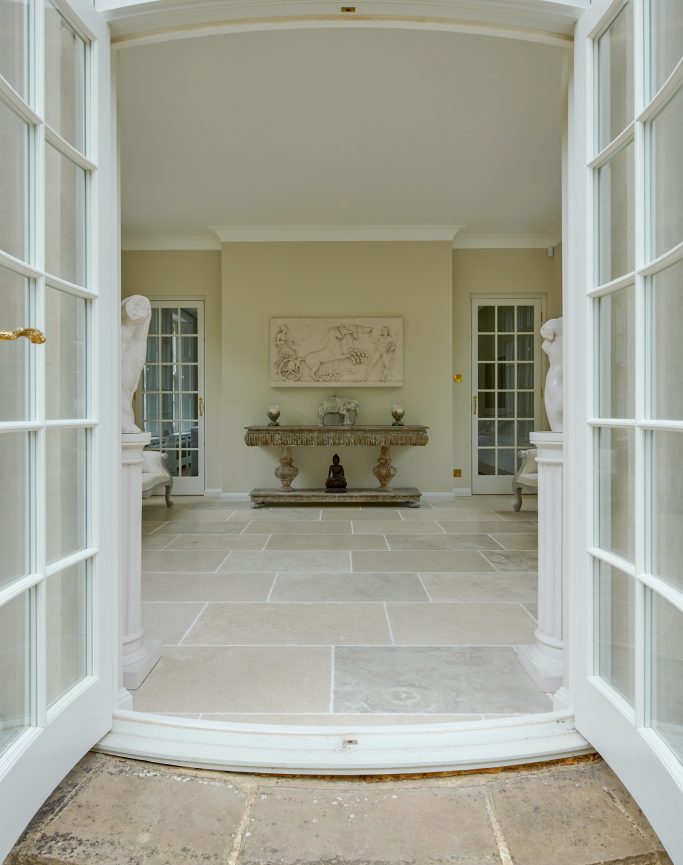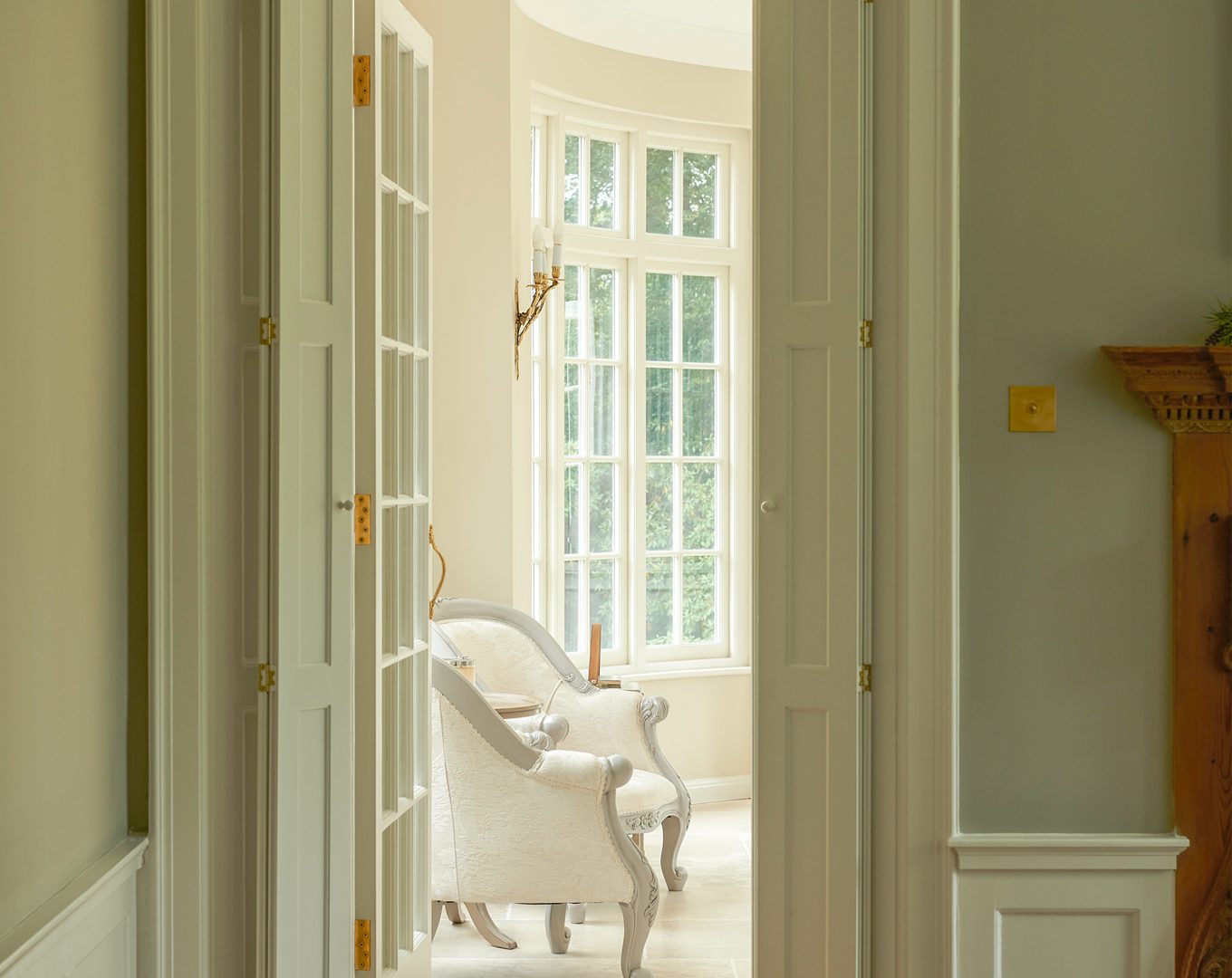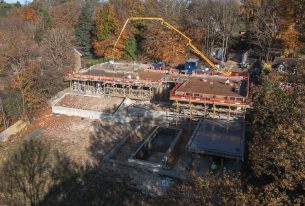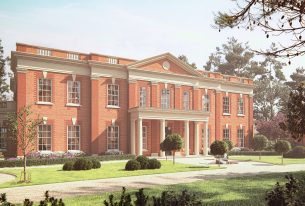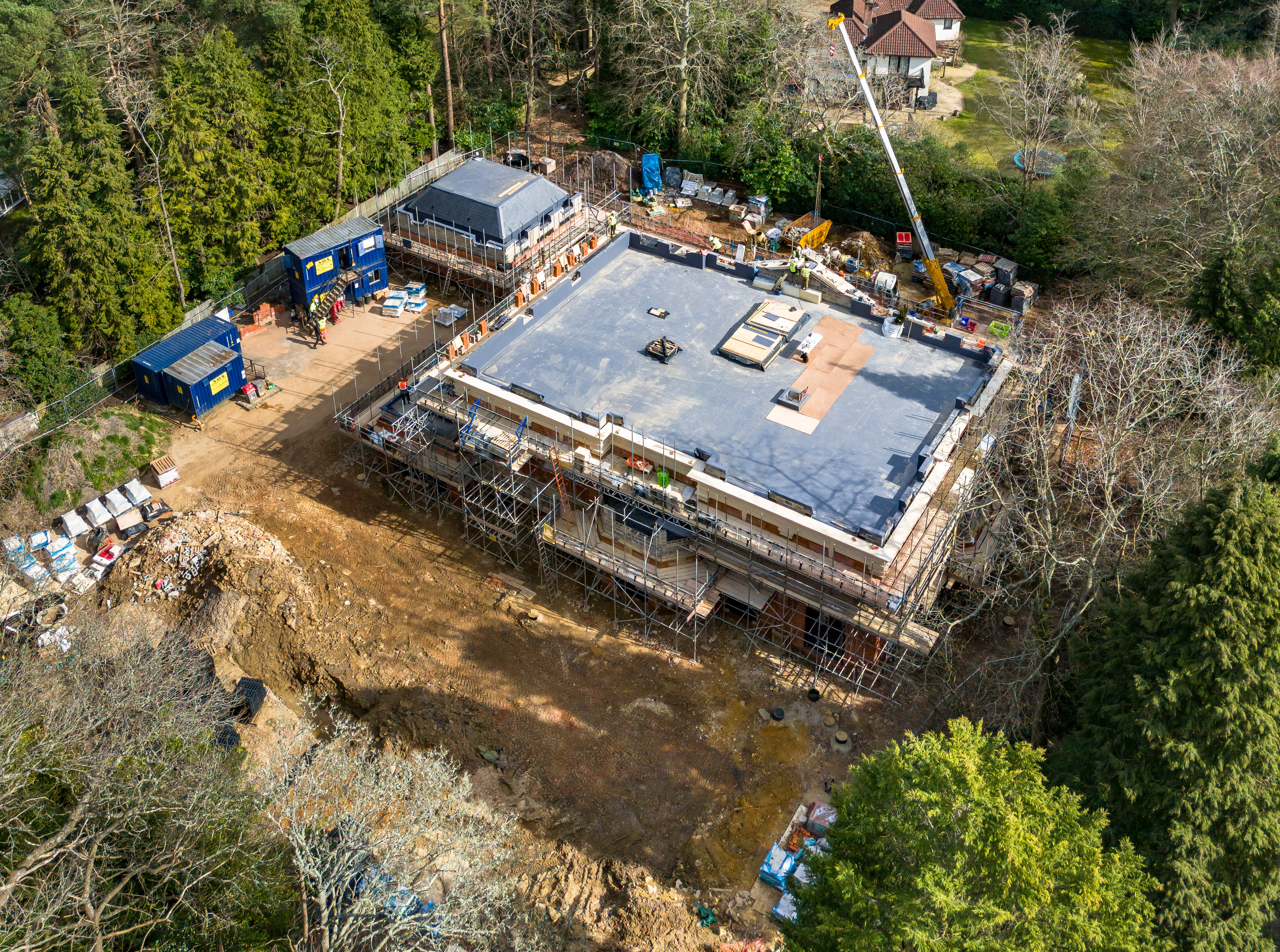

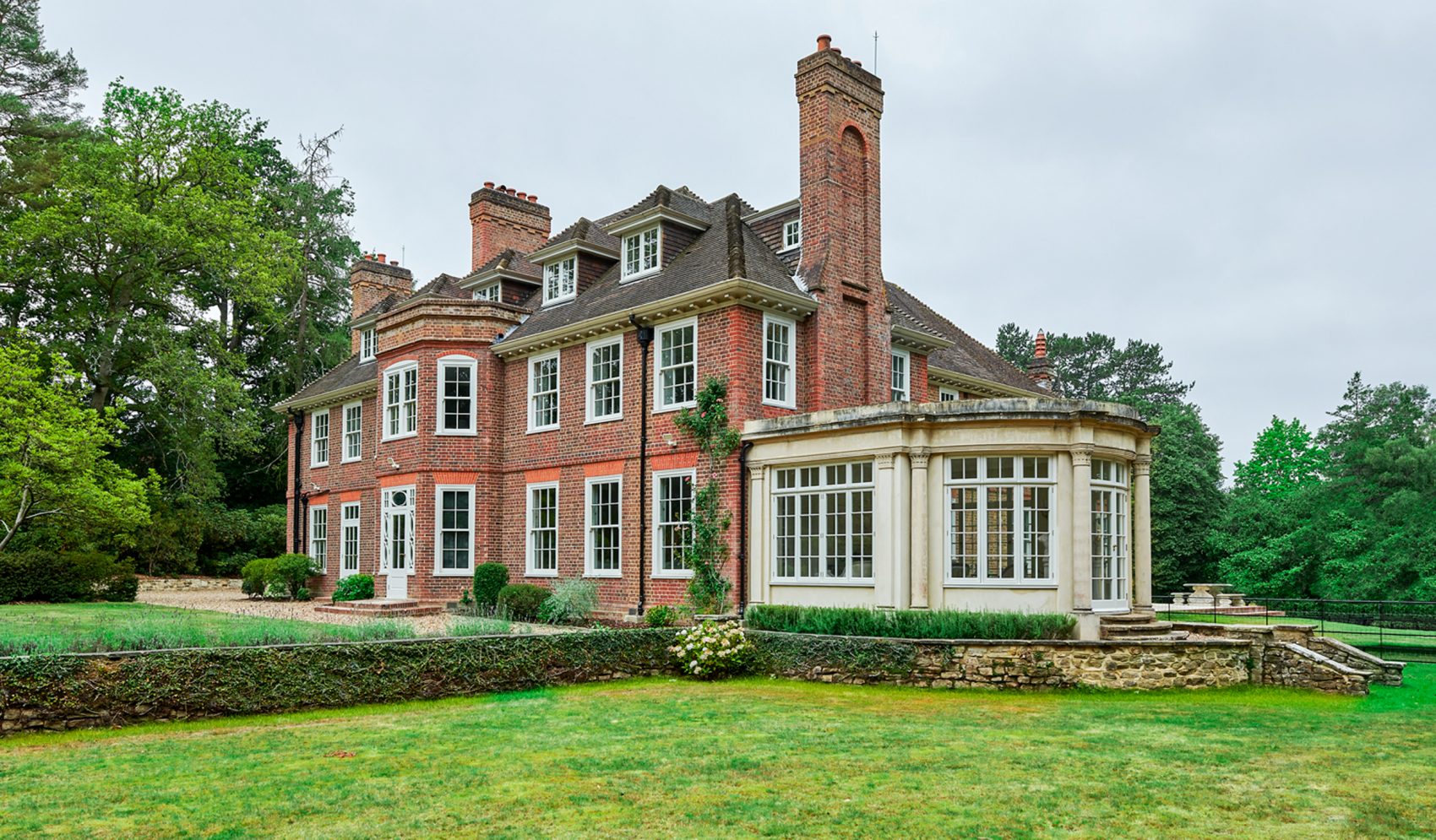
The construction industry is caught in a predicament. There’s an urgent need to reduce carbon and environmental impact, but our ageing housing stock desperately needs modernisation as homes fail to meet modern standards of living.
However, the zero VAT rule for new builds, to help address the housing shortage, is incentivising people to demolish properties and start afresh to make the construction process and building itself more efficient – in terms of finance, time and energy.
Alarmingly, up to 50,000 buildings are being knocked down each year in the UK to make way for new ones. This isn’t necessarily because they are structurally unsafe, but because it is cheaper and more efficient to demolish and rebuild. However, as a result, there is more embodied carbon being produced.
We have fewer than 30 years to decarbonise buildings and reach the Net Zero target in 2050, so we need some radical changes today.
Grade III – protection or prohibition?
One radical suggestion for a new Grade III listed building status to protect sound buildings from being demolished is being backed by Kevin McCloud. While this proposal may seem like a good idea, it could be a vanity project for everyday developers and construction teams.
Grade III listing would instantly devalue a property thanks to the associated bureaucracy and limitations for improvement or modernisation. Regulation like this often leads to unintended negative consequences and may lose sight of the goal to reduce carbon emissions, as modern efficiency measures could be overlooked in preference of preservation. But there is hope for listed buildings becoming more efficient: momentously, Ledston Hall became the first Grade I-listed property to have permission to install double-glazed windows in April 2023. Public perception of the limitations when renovating and improving efficiencies of a listed building could deter potential owners or investors, and ultimately defeat the intention of preserving cultural and historical architecture, as they could be left badly maintained or unoccupied.
The original Grade III idea was muted by structural engineer and writer Will Arnold in November 2022. He wants to prevent ‘sound’ buildings being demolished for new: “The property may only be demolished if it is structurally unsafe or is given special dispensation by the local planning authority.” But that also opens a debate about how you define a ‘sound’ building.
So, what’s the sustainable solution?
The industry and government need to encourage the reuse, redevelopment and refurbishment of all properties. And currently, the zero VAT financial incentive for new builds is preventing any progress.
As refurbishments or renovations are 20% VAT applicable, there’s a huge incentive to rebuild instead. New builds also benefit from a reduced risk of spiralling costs and delays, with fewer surprises than a renovation and refurbishment. Sometimes it simply isn’t cost-effective, safe, or efficient to refurbish a property.
If the VAT incentive for new builds was removed or another financial incentive introduced for renovation to outweigh the zero VAT savings, the equation would be more balanced.
If you don’t measure it, you can’t manage it
Current environmental requirements for Building Control through EPC and SAP focus entirely on the operational efficiencies of the building once construction is complete. A better perspective is to assess the whole-life carbon of the building, from construction through to demolition.
The London Plan, RICS and Berkeley Homes all have active whole-life carbon assessment programmes measuring the real impact of a building from inception to demise. With a better grasp of whole-life carbon levels, we can all see where potential savings can be made and find innovative ways to change behaviours and reduce carbon.
With nationwide schemes to actively monitor and reduce lifetime carbon for all properties, there would be a greater drive for more innovative tools to provide quicker and easier carbon measurement to encourage more sustainable building practices. Products like Cercula calculate the embodied carbon from a bill of quantities, so there are tools out there. But unless the government introduces mandatory reductions, I fear the industry will avoid these monitoring processes, as cost is the primary driver.
A funding scheme to pay back the demonstrable carbon difference between the whole-life carbon of a new build compared to the whole-life carbon of the planned remedial work could be introduced. Or maybe add a square metre whole-life carbon limit for all buildings. Combined, these measures encourage and enable a developer to easily weigh up the cost benefit of using existing materials and practices against more sustainable materials and methods of construction.
Whatever the solution, it shouldn’t be just about offsetting whole-life carbon like the current trend reflects. This approach is open to manipulation and pushes the problem further down the line. The clock is ticking on the 2050 deadline, so cultural change needs to happen sooner rather than later.
How we approach it
At Hale, we have always focused on the whole-life of a building, favouring quality, longevity and performance, above concentrating solely on the construction process. We work with carefully selected partners and suppliers and often have the opportunity to help shape the consideration of sustainable practices. However, many construction firms don’t have that luxury and simply respond to the determined programme.
Ultimately, the key to a sustainable approach in construction lies in finding a balance between preserving our architecture, reducing our carbon impact, removing the cost barrier, and meeting the demands of modern life. An approach that we’re passionate about and will continue to develop; establishing new and innovative ways to add value.
